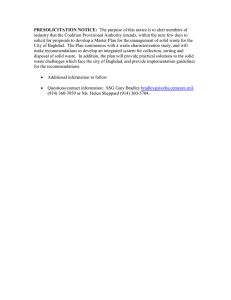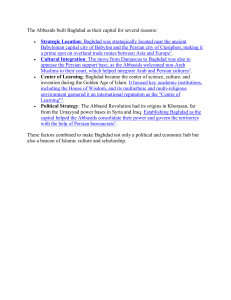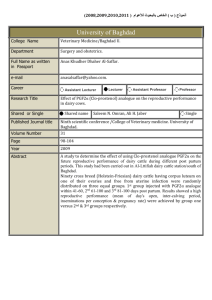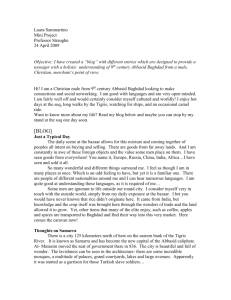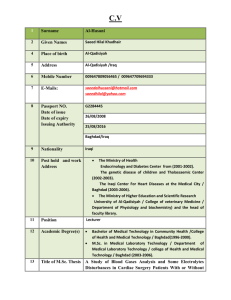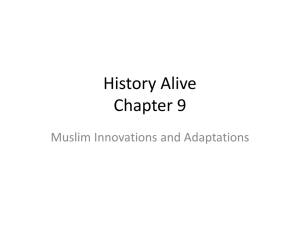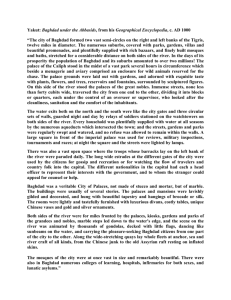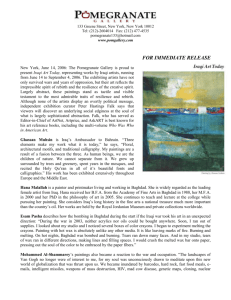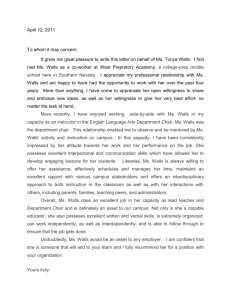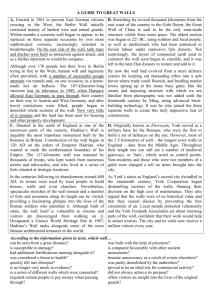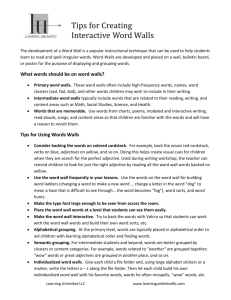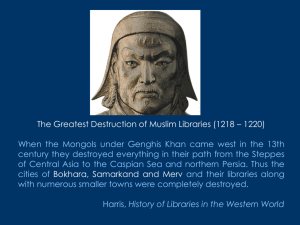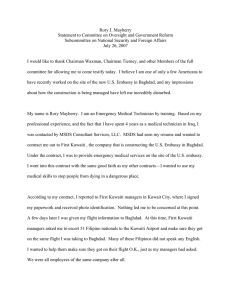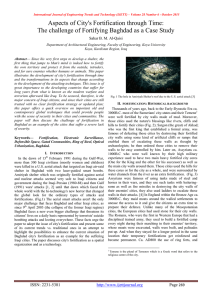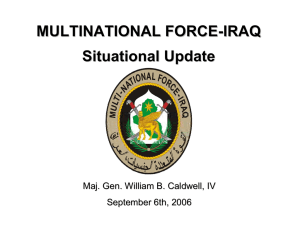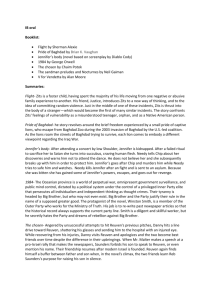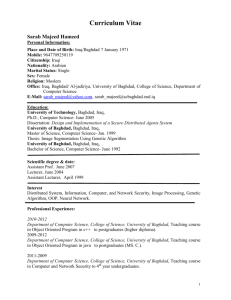Baghdad
advertisement
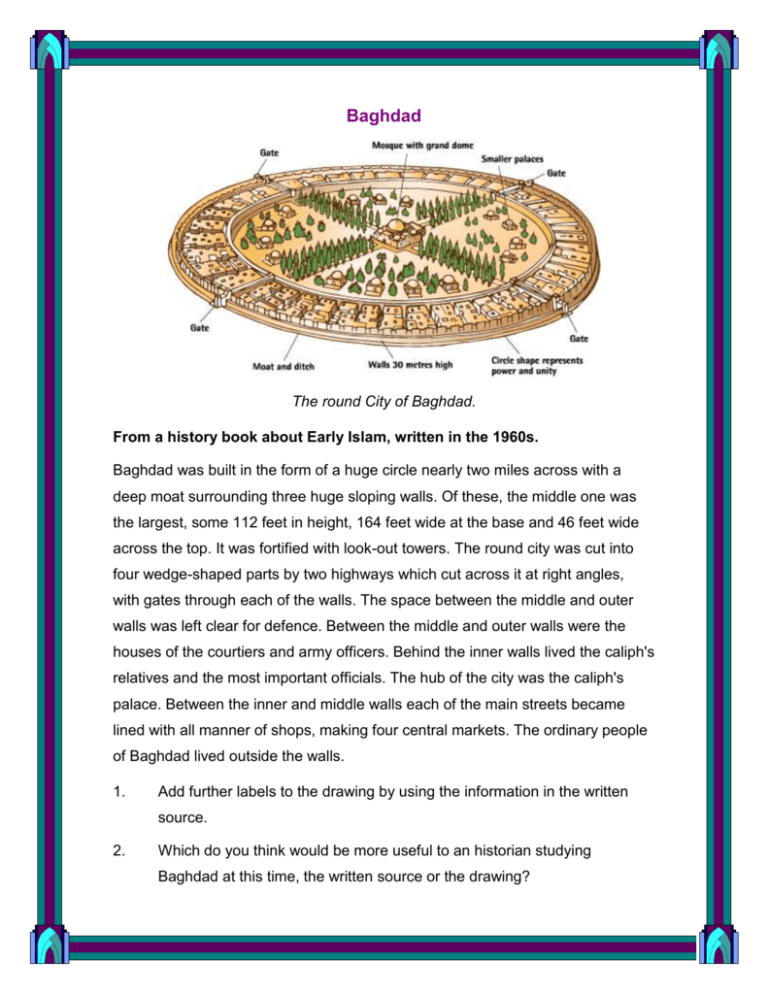
Baghdad The round City of Baghdad. From a history book about Early Islam, written in the 1960s. Baghdad was built in the form of a huge circle nearly two miles across with a deep moat surrounding three huge sloping walls. Of these, the middle one was the largest, some 112 feet in height, 164 feet wide at the base and 46 feet wide across the top. It was fortified with look-out towers. The round city was cut into four wedge-shaped parts by two highways which cut across it at right angles, with gates through each of the walls. The space between the middle and outer walls was left clear for defence. Between the middle and outer walls were the houses of the courtiers and army officers. Behind the inner walls lived the caliph's relatives and the most important officials. The hub of the city was the caliph's palace. Between the inner and middle walls each of the main streets became lined with all manner of shops, making four central markets. The ordinary people of Baghdad lived outside the walls. 1. Add further labels to the drawing by using the information in the written source. 2. Which do you think would be more useful to an historian studying Baghdad at this time, the written source or the drawing? 3. What can we find out about the caliphs of early Baghdad by looking at the city’s layout and buildings? Prepare a short presentation on your findings to give to the rest of the class. Include the following ideas about the caliphs of Baghdad: their importance, their priorities, wealth, protection and also how they could be criticized. 4. What sort of things don’t these sources tell us?
